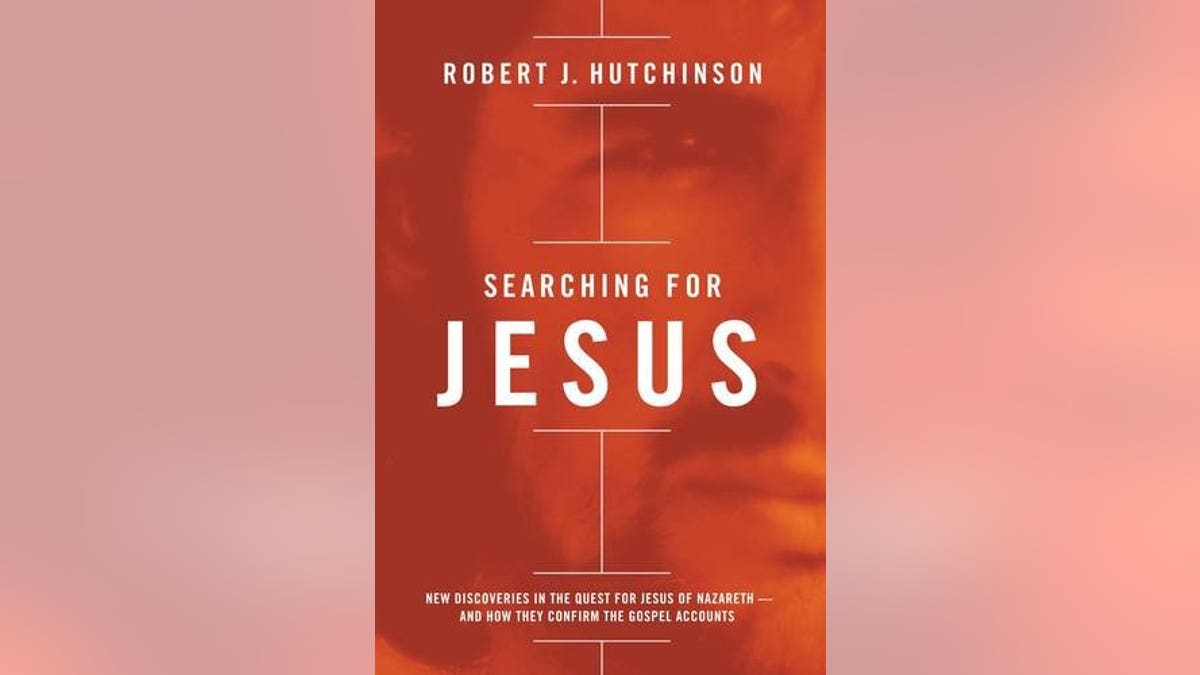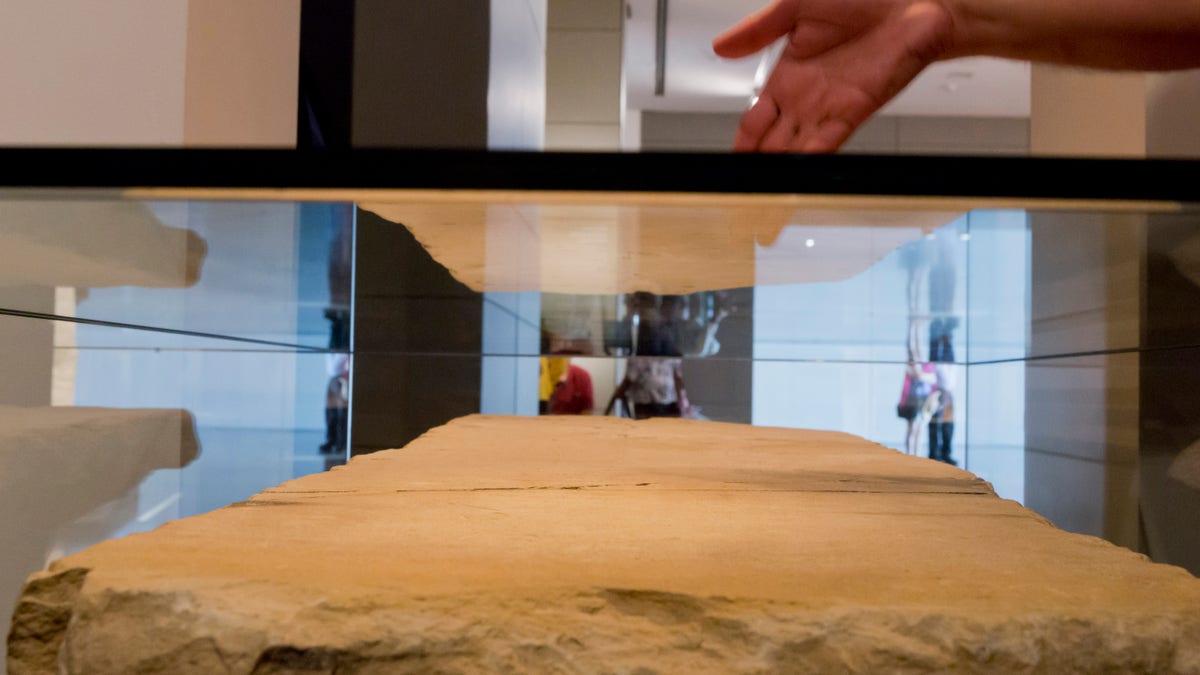
Stone house discovered in Nazareth, Israel (photo from Mary of Nazareth Center)
It’s the Christmas season... and once again Americans face questions about the historical accuracy of the Gospels.
For more than a century, skeptical scholars have claimed that much of the New Testament is legendary, invented by the early Christians in the decades after the crucifixion. A few even claim that Jesus of Nazareth didn’t exist at all.
But in just the past few years, dramatic discoveries in archaeology and New Testament studies have led even many secular experts to question this hyper-skeptical approach.
For one thing, archaeology is actually confirming the existence of many people, places and beliefs mentioned in the New Testament.
A revolution is going on in New Testament studies. Many of the skeptical ideas of the past century are now being questioned by secular experts.
These discoveries include the remains of a first-century stone house in Nazareth, announced in 2009; an elaborate and well-preserved first-century synagogue in Magdala, on the Sea of Galilee, also discovered in 2009; and a number of ossuaries, or burial boxes, with inscriptions referring to figures in the New Testament. Archaeologists have identified the ossuary of the high priest Caiaphas and perhaps that of James the Just – believed to be the brother, stepbrother or cousin of Jesus.
Beyond archaeology, New Testament scholars also are making dramatic discoveries that undermine more than a century’s worth of skepticism toward the New Testament. One example of this is an agnostic scholar in the U.K. who is challenging the assumption that the Gospels were all written 40 to 60 years after the crucifixion. Based on clues in the text, this scholar argues that the gospel of Mark could well have been written as early as the mid-30s -- perhaps just five to ten years after Jesus was crucified.

Another example are experts who claim that the Gospels show signs of first-hand, eyewitness observations and written sources -- and that some of those sources could well have been written while Jesus was living and preaching in Galilee.

A visitor looking at the stone tablet called the Gabriel Revelation Stone on display at the Israel Museum. The stone is a centerpiece of an exhibition called, 'I am Gabriel,' which is written in Hebrew on the stone, with some 80 lines of writing. The tablet dates from the Second Temple era of the Jewish revolt after the death of Herod, and was discovered in 2007 near the Dead Sea scroll caves at the Dead Sea. The tablet is exhibited with a number of rare manuscripts that trace the figure of the Angel Gabriel across the early years of rabbinic Judaism, Christianity, and Islam. (EPA/JIM HOLLANDER) ( )
In addition, by analyzing Aramaic phrases embedded in the Greek texts of the New Testament, scholars have discovered that it was the early Jewish followers of Jesus who proclaimed him “son of God” and “standing at the right hand of God,” not the pagan Gentile followers who joined the movement in the centuries after the crucifixion. A number of top New Testament scholars have recently argued that belief in Jesus’ divinity arose very early, within a year or two of the crucifixion -- not decades or centuries later as skeptical scholars once thought.
Bottom line: A revolution is going on in New Testament studies. Many of the skeptical ideas of the past century are now being questioned by secular experts. And increasingly, some top scholars are concluding that the Gospels are likely far more accurate historically than once thought.
Something to ponder this Christmas season.
